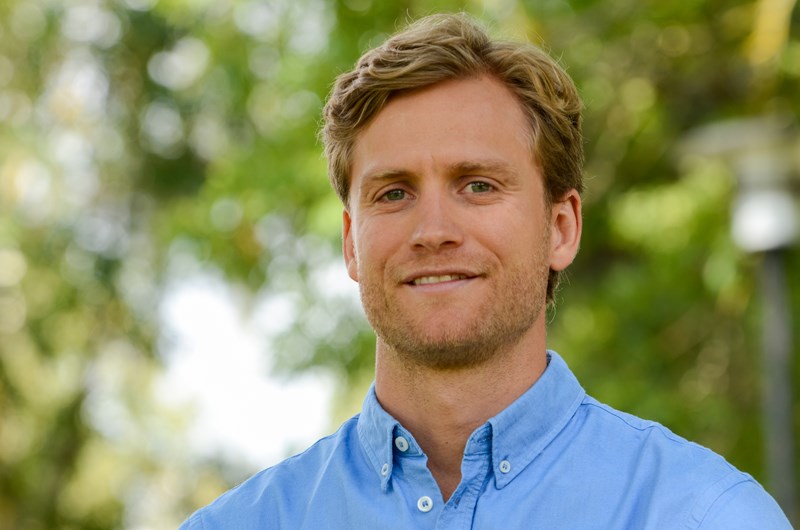Information about a piece of news titled New PhD on risk factors for ACL revisions
New PhD on risk factors for ACL revisions
Intoduction
On Sept 6, orthopaedic surgeon Andreas Persson will defend his PhD-thesis on "Risk factors for revision after anterior cruciate ligament reconstruction" at Haukeland University Hospital for the degree of PhD (Philosophiae Doctor).

Risk factors for revision anterior cruciate ligament (ACL) reconstruction with a special attention to surgical technique
The overall aim of this thesis was to investigate risk factors for revision anterior cruciate ligament (ACL) reconstruction with a special attention to surgical technique (graft choice and choice of graft fixation) and patients’ age and sex.
Specific aims were to describe the usage of the most common grafts and fixations for ACLR in Norway and Scandinavia respectively.
How could we find our answers?
To answer these questions, we had access to register data for patients with isolated ACL tear who had undergone ACL reconstruction (ACLR), with revision as the endpoint.
In addition, data from the Swedish and Danish National Knee Ligament Registries were exported to be used for paper III.
3 papers: graft choice, fixation implants and methods
In study I, 12,643 patients were included to evaluate the revision rate and risk factors for revision ACLR, primarily the influence of graft choice (patellar tendon [BPTB] or hamstring tendon [HT] graft). The patients’ age and sex were included in the overall analysis. The revision rate was higher for HT compared with BPTB grafts at all follow-up times, and the adjusted revision risk were twice as high for HT compared with BPTB. Young age was the strongest predictor for revision of the investigated factors.
In study II, we described the usage of fixation implants for 14,034 patients with BPTB and HT in Norway and investigated the revision risk for the most common combinations of fixations for BPTB and HT. We found combinations of fixation implants with a higher risk of revision when using HT, especially when suspensory fixation in the femur was used.
In study III, we described the most common fixation methods for HT grafts used in 38,666 patients in Scandinavia, and investigated the influence of fixation method on the risk of revision. We found that similar graft fixation methods influenced the risk of revision as in study II.
Surgical techniques, patient-specific outcomes, and age
In conclusion, we found both surgical techniques and patient-specific factors that affect the revision rate and revision-risk after ACLR.
Young age was the strongest predictor for further revision surgery. Patients reconstructed with HT had twice the risk of revision compared with BPTB, and certain fixation methods for HT had an increased risk of early and overall revision.
Supervisors
Professor Jonas M. Fevang from the University of Bergen at Haukeland University Hospital served as main supervisor for Andreas. Other supervisors involved were Jan-Erik Gjertsen from the University of Bergen and Lars Engebretsen from the University of Oslo, Oslo Sports Trauma Research Center at Norwegian School of Sport Sciences.
Program for PhD-defense: September 6, 2019, Stort Auditorium, Sentralblokken 3 etg, Haukeland University Hospital
Trial lecture: kl 1015 – 1100: "Primary repair of ACL with or without augmentation. History, present and future"
PhD defense: kl 1215 – 1500: "Risk factors for revision after anterior cruciate ligament reconstruction"
Committee
- First opponent: Karl Eriksson
- Second opponent: Agnar Tegnander
- Chair: Professor emeritus Asgaut Viste
The trial lecture will be held in English and the PhD-defense in Norwegian, and all open for public. WELCOME!

